What if there was one substance that could be used for cleaning, laundry, personal care, gardening, baking and more... it sounds ridiculous but such a substance exists! Learn what bicarbonate of soda, or baking soda, actually is and some of the many uses of this amazing substance.
What is Bicarbonate of Soda?
Bicarbonate of Soda is the common name for the naturally-occurring sodium compound Sodium Bicarbonate (NaHCO3). It is usually found as a white powder and is derived from the natural mineral natron which can be found in mineral springs and dry lake beds.
Natron was first discovered by the ancient Egyptians and used for keeping mummified bodies dry and bacteria-free, until they discovered many other uses for the mineral including for making soap, toothpaste, mouthwash and smokeless flames. Europeans refined the natural mineral and discovered the baking uses of bicarb in the 1700s which quickly gained popularity around the world and is still used today.

| Other Names for Sodium Bicarbonate | Don't Confuse it With These! |
|
|
Uses of Bicarbonate of Soda
The most well-known use of bicarb is for food! If you have ever done much baking, you will have used bicarbonate of soda either straight or in the form of baking powder (which contains bicarb soda).
Bicarb soda has been used for centuries as a raising agent for baking. The bicarb reacts with acidic ingredients in the recipe to produce carbon dioxide bubbles that create the rising effect. Bicarb soda will be a direct ingredient if there are acidic ingredients already in the recipe, otherwise baking powder will be called for which has a powdered acid pre-mixed in with the bicarb soda (this is the difference between bicarb soda and baking powder!).
Other tips for using bicarb soda in food:
- When soaking dried beans overnight, add 1 teaspoon of bicarb to the water to help them soften faster
- When cooking cabbage, add 3 tablespoons of bicarb to the cooking water to reduce it's cooking time and keep the leaves tender. This has the added bonus of reducing bloating caused by the vegetable's gases after eating the meal!
- When reducing the water content of tomatoes for sauce, salsa or passata, add 2 tablespoons of bicarb for every 900 mL of water to speed up the process!
- Remove sprays and wax from store-bought fruits and vegetables by washing them in a sinkful of water with 3 tablespoons to 1 cup of bicarb added. Alternatively, sprinkle dry bicarb onto a damp vegetable brush, use this to wash your fresh produce and then rinse.

Using bicarb soda in food is just the beginning! There are so many more uses for this awesome substance. Read on to parts 2 and 3 of our Bicarb article series to learn more uses of this cheap, safe and eco-friendly solution!
PART 2: How to use bicarb soda for household cleaning, gardening and more
PART 3: How to use bicarb soda for laundry, health and personal care
A great resource for even more information is the book 'Bicarbonate of Soda: Hundreds of Everyday Uses' by Diane Sutherland, Job Sutherland, Liz Keevill and Kevin Eyres
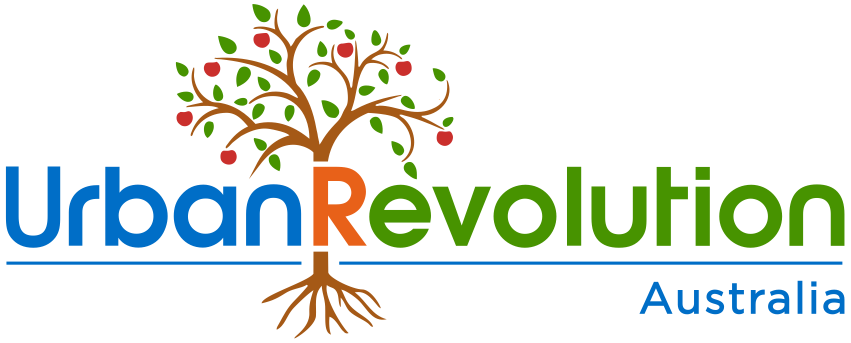
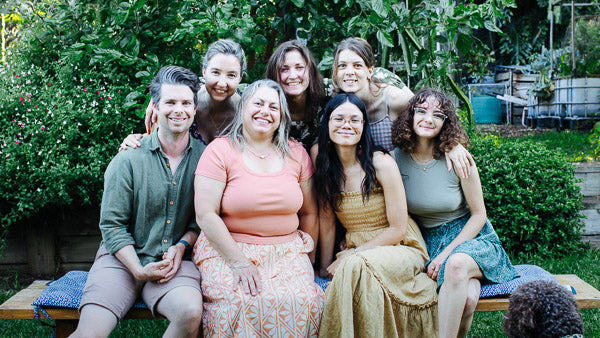
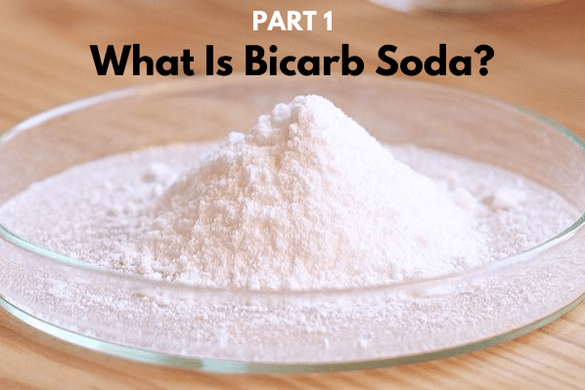
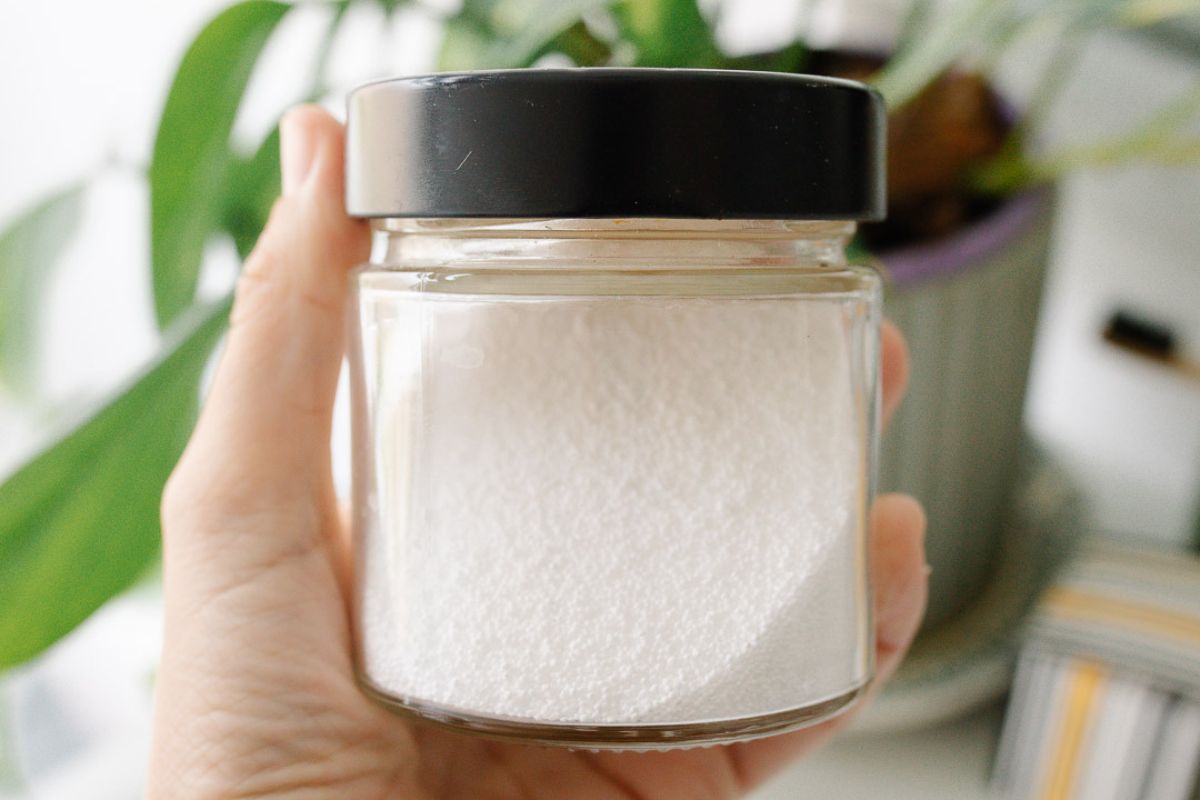
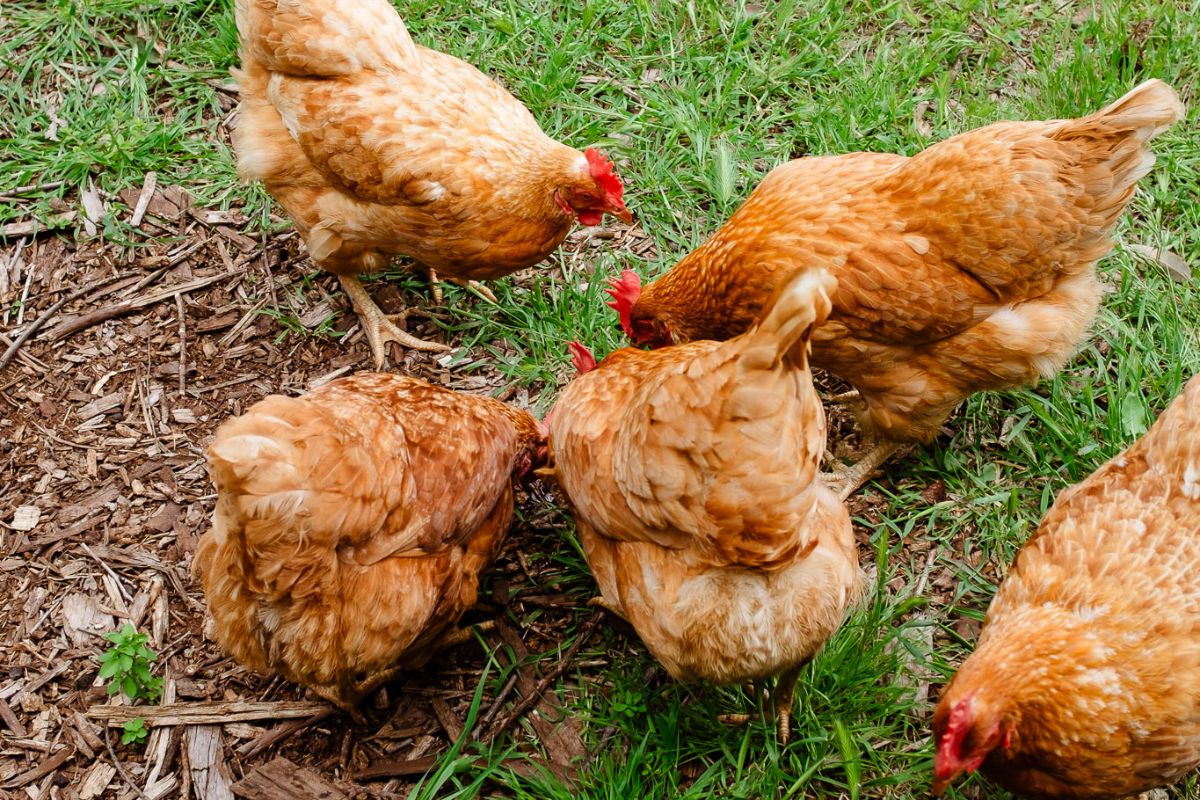
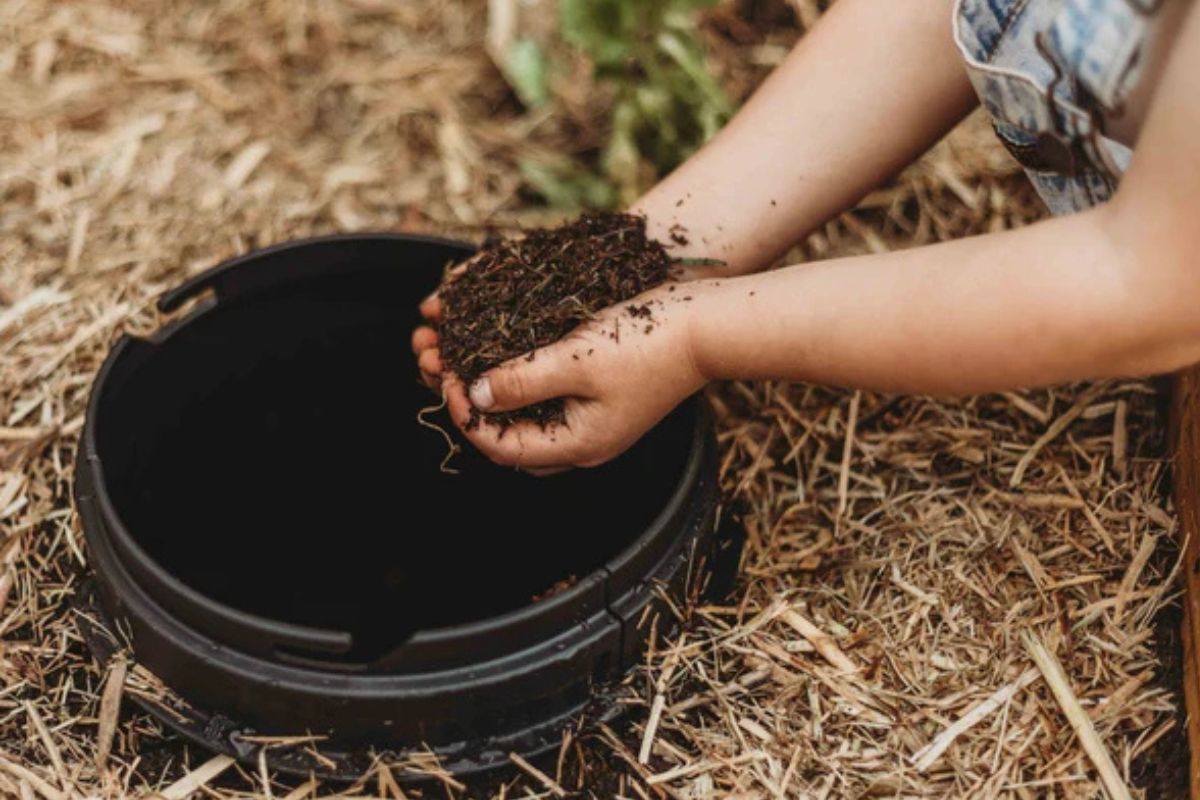
Richard Price
January 04, 2026
Mixed with either olive oil or castor oil it’s great for the skin, blemishes infections, etc., and for toenail fungus